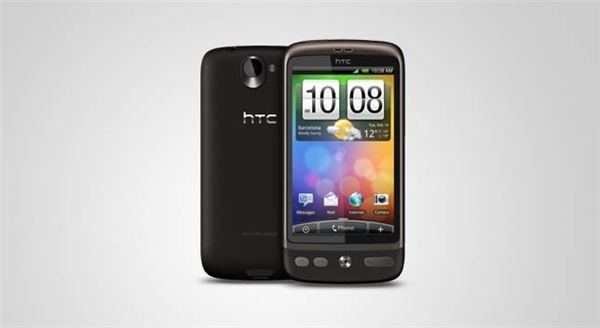3G Coverage: The Networks Are Letting Us Down
The mobile Internet has been in place for almost ten years now, with networks across North America and Europe enhanced to support an increase in data requirements for smartphones via the 3G band. It is thanks to 3G that we can enjoy email on the go, mobile web browsing; streamed TV on our phones and even smartphone-based remote desktop access, but the strength and quality of telephone networks has caused users to question whether 3G is as widespread as the carriers claim.
With 4G around the corner or already in use (depending on your mobile phone network) there are questions being raised in many countries as to how good the network coverage is. Ever since mobile phones launched there have been problems with signal strength in valleys and remote areas, for example, but since the introduction of mobile Internet these problem areas have supposedly received attention in order to create a blanket of data access.
Recent reports reveal that this is not the case – so just what are the mobile networks going to do about it?
Two Tier Mobile Internet?
The sorry state of affairs is that no single network has complete 3G coverage of the USA, with only Verizon and AT&T offering mobile Internet beyond major population centers (mostly major towns and cities).
This clearly isn’t acceptable. If anyone can own a mobile phone, why can’t these devices be used anywhere? This isn’t the 1990s – we’re well beyond the old days of mobile telephony. Smartphones offer more and more features each year, often courtesy of apps, so why can’t the network infrastructure deal with these advances?
As you can see, there are a lot of questions. There are also few answers. One question is burning brighter than many of the others, however.
If we understand that 3G is a technology that users are currently moving away from, then it makes sense to expect to find that 4G coverage is spreading at a considerable rate. At the very least you would expect AT&T’s 4G coverage to be on a par with the 3G coverage of a smaller network such as Cricket.
Guess what? It isn’t!
In fact, 4G coverage in the United States is laughably small, once again focusing on population centers and airports. Countless phones have been released throughout 2011 that feature 4G support, so why is access to the band limited to cities? Events have been moving with an increasing pace over the past few years with the mobile Internet, so no one can claim that they didn’t see this coming.
Do you think it’s right that users in particular parts of the country should have faster mobile Internet than in others? Surely 4G should be introduced as an upgrade program to benefit all of America, not just the cities?
It’s Not Only America…
If there was something to compare the situation in the USA to, then it might be easy to dismiss the lack of 3G and the poor 4G display as simply being down to the way we use our phones. However, in Northern Europe the situation is quite different, and this can hardly be due to the additional hours of darkness in the winter months!
In the United Kingdom you will find a situation that is a mirror image of what is happening here in the States. Rather than rely on data provided by the mobile phone networks, however, a recent project by the BBC saw an Android app deployed to anyone who wanted to take part, which mapped 2G and 3G (4G is yet to be rolled out in the UK) as well as black spots, areas where no coverage was found.
The results have been a surprise. Let’s take London as an example; while the majority of the city received blanket 3G, there remain pockets that are limited to 2G connectivity and even the odd black spot on the outskirts of the city. Putting it another way, there are places in the North Yorkshire Moors national park that have better 3G network access than the capital of the United Kingdom!
How the Mobile Networks Can Fix This
It’s simple really – laughably so. In fact, the whole situation is completely ridiculous because we’re discussing something that should never have been allowed to happen.
Cost cutting and focusing on population centers rather than places people go to with their mobile phones has resulted in this state of affairs on both sides of the Atlantic. Places such as the Yorkshire Moors in the UK and much of the border with Mexico in the USA should never have been excluded from the initial roll out of 3G-compatible cell phone towers simply because they are places people travel to regularly.
It’s a sorry state of affairs when more money goes into claiming the right to operate on a particular network band (such as 3G and 4G bands) than goes into ensuring that the entire population can enjoy the service. After all, mobile phones aren’t only sold to people in cities, are they?
As with any problem that has been caused by poor investment, the networks can resolve the problem in a matter of months by working together to create a network of 3G and 4G cell phone towers across remote locations, thereby providing the kind of service that their users expect and are often paying for.
The question is: will they do it?
References
- Wakefield, Jane. “3G mobile data network crowd-sourcing survey by BBC News”, http://www.bbc.co.uk/news/business-14574816
- Image credit: http://htc.com
- 3G Network Comparison: AT&T, Cricket, Metro PCS, Sprint, T-Mobile, US Cellular & Verizon, http://www.cellularmaps.com/3g_compare.shtml
